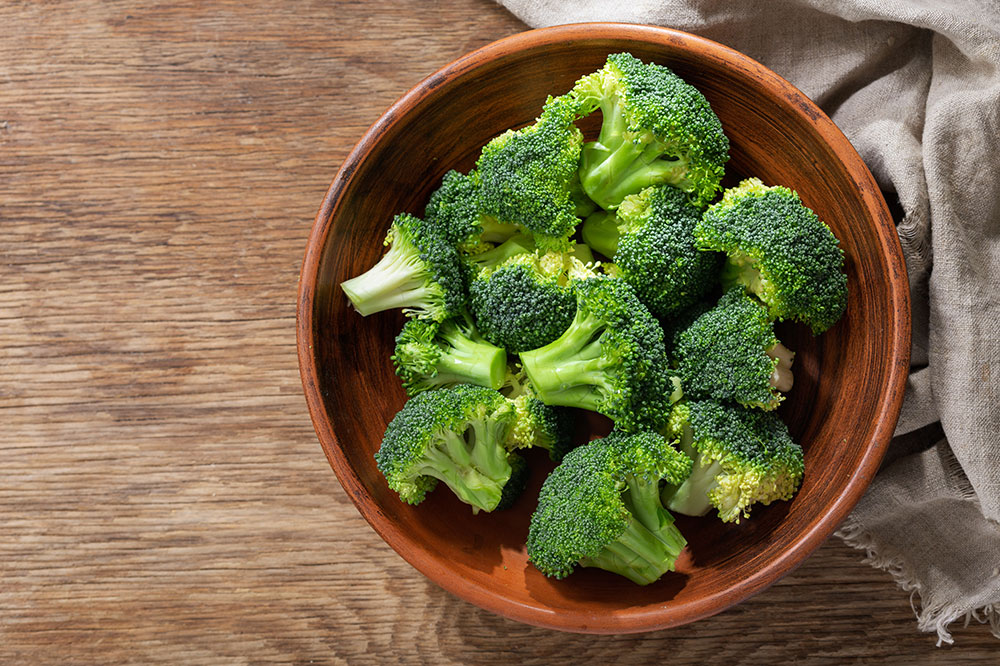
5 foods that may help lower prostate cancer risk
Prostate cancer occurs in the prostate, the gland that produces seminal fluid to nourish and transport sperm. It is one of the most common cancer types and is generally confined to the gland. Nutrition can help reduce prostate cancer incidence and manage cancer progression risk. Eating healthy is associated with increased energy levels, improved recovery, and an enhanced immune system. Therefore, here are the top 5 foods to eat for better management: Berries Berries, such as strawberries, blackberries, blueberries, and raspberries, are a great source of antioxidants known as anthocyanins. These antioxidants help to neutralize and remove free radicals, which cause oxidative stress in the body, thus aiding in the process of proper DNA replication for new cells and reducing the risk of prostate cancer. Cruciferous vegetables Cruciferous vegetables such as broccoli, cabbage, bok choy, kale, cauliflower, and Brussels sprouts are rich in antioxidants, vitamins, minerals, and phytochemicals. Broccoli is also a prostate superfood, as it contains glucoraphanin, a phytochemical that can target and prevent cancer growth. Cruciferous vegetables have also been linked to lower levels of inflammation, thus reducing the risk of prostate cancer. Fish Cold-water fish like salmon, snapper, sardines, and trout contain good fats (omega-3 fatty acids) that ease inflammation.
Read More 










